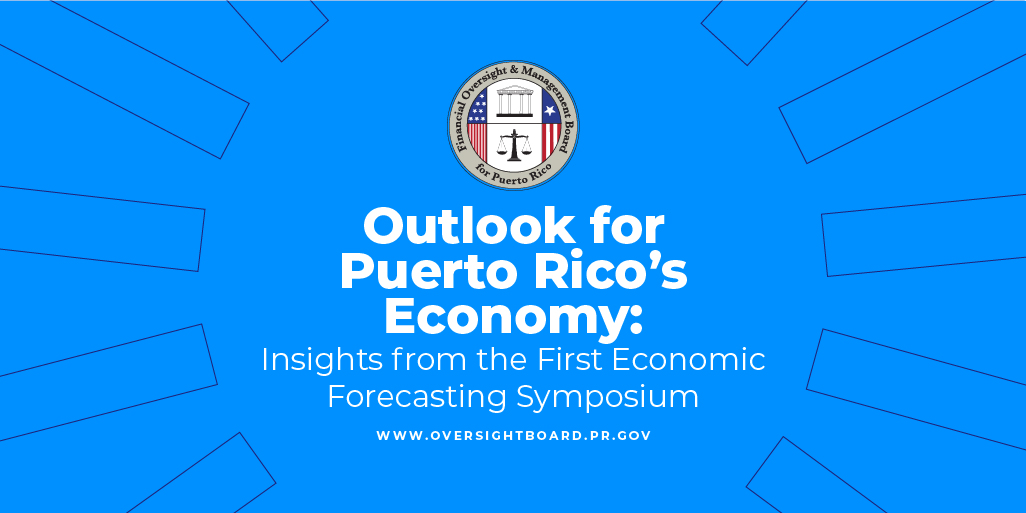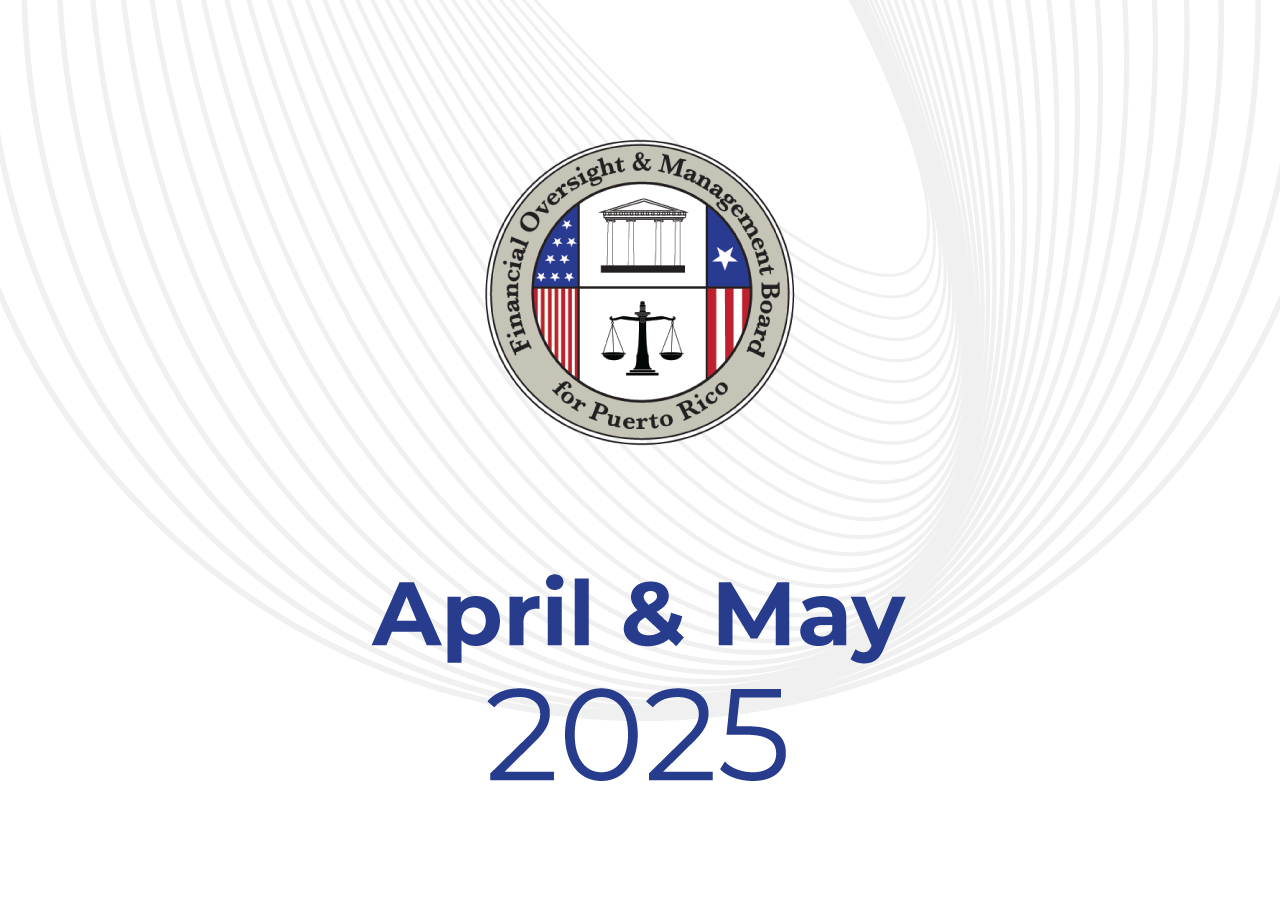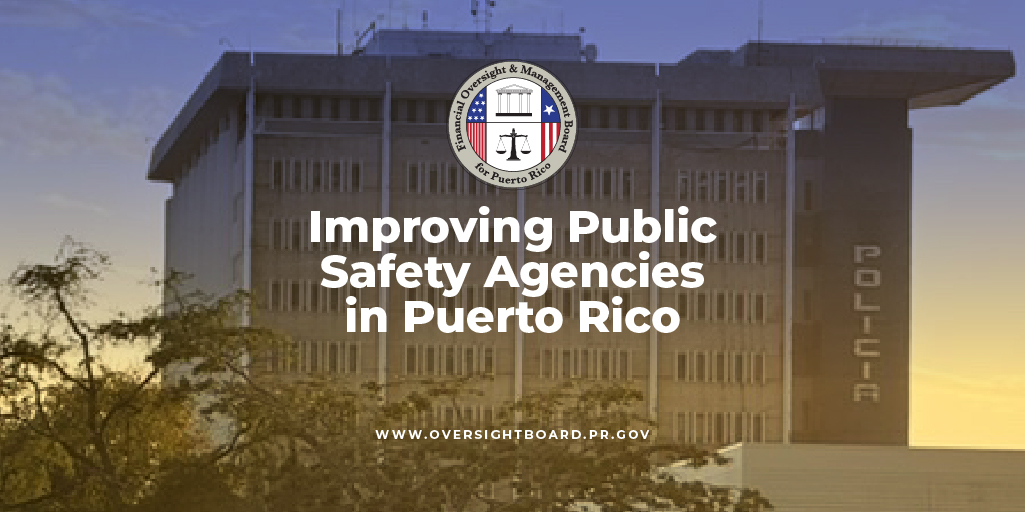The COVID-19 emergency is unprecedented, and the potential impact is still uncertain.
Author: Arnaldo Cruz
Given this uncertainty, the Puerto Rico Department of Education (PRDE) must carefully evaluate medium- and long-term implications for teaching and student achievement. Based on current epidemiology models, there are three possible scenarios: an optimistic, a somewhat optimistic and a pessimistic one. The optimistic scenario assumes schools will be closed until the end of the school year and will be ready to open in the fall semester. The somewhat optimistic scenario assumes schools will remain closed during the fall 2020 quarter and resume classroom instruction in January 2021. While a pessimistic scenario assumes schools will be closed the entire 2020-2021 school year. Given all these possibilities, a meticulous scenario planning exercise would be necessary to map out all potential actions to minimize learning interruption in Puerto Rico. Although PRDE has announced a set of initiatives, we have concerns that they are not part of a larger coordinated effort to address student needs during the crisis, in any of these scenarios.
PRDE recently announced that it was terminating the semester early and that all students would pass grades or graduate regardless if they participated in any distance learning activities. PRDE offered two main academic alternatives to students during this time. One was a set of remedial modules on their website in PDF format, which contained lessons and practice exercises per grade and subject. These PDFs were able to be printed or downloaded for use or shared via email, text, WhatsApp, etc. The other alternative was an application for iOS, Windows 10 and Android, among others, called EduPR, which had content, reading exercises, interactive material and videos per grade and subject. Even though these are the main alternatives, PRDE also offered students other alternatives, including forums, resources bank, digitalized content via PRDE’s webpage, and links to Khan Academy. Although these platforms and tools provided students opportunities to remain engaged, it was far from a comprehensive and coherent distance learning plan. A distance learning plan requires guidelines on content, curriculum and assessment, teacher professional development and support and a plan to actively engage parents. Several districts in the US of similar size to Puerto Rico have produced detailed distance learning guides and are currently implementing them, with information on content delivery, student assessments, technology, and support. There are about 85 detailed distance plans from districts across the US that PRDE could have emulated. Here are some of the best examples we have seen so far.
Given extreme circumstances, it is tempting for PRDE to say that these worksheets and websites were the only realistic options for students. But the Department should have been required to provide a robust distance learning plan; one that gave manageable and achievable goals to students to work on each week and provided immediate (or at least frequent) feedback from teachers through online knowledge checks, comments or chats to keep students motivated and moving forward.
While distance learning can replace in-person instruction, we do recognize the limitations of this practice. Many students lack access to the technology needed to learn remotely. A study from the Associated Press found that 17% of U.S. students do not have computers in the home and 18% of students lack access to high-speed internet. We suspect that access to internet and electronic devices is much lower in Puerto Rico, but unfortunately, we have no data to validate, and neither does PRDE.
Families do have different circumstances that will impact their ability to use these educational alternatives (family health, work obligations, childcare concerns, internet connectivity, access to devices, etc.). In terms of equity, lower-income students suffer disproportionately under these conditions. They are less likely to have resources, such as PCs and high-speed internet access, to enable them to succeed or even participate in an online learning environment. However, equitable access does not require that all students receive instruction in the same format (e.g., online instruction). Either way, PRDE should have moved to address equitable access to instruction for all students right away. One important step PRDE could have taken as it planned to use distance learning was simply to ask families. Web-based surveys or phone conversations could provide the necessary insight the Department needs to learn what sort of capacity parents or other caregivers have to help, and how the home’s technology and environment might enable or impede learning.
PRDE estimated that approximately 70% of students are currently using one of the academic alternatives offered. However, there is no way to currently validate or track exactly which student accessed an alternative, as web traffic and engagement was reported at a macro level, meaning site visits included everyone (teachers, parents, guardians and students). For instance, a student and his/her parent may each visit the site once per day, double counting the population reported. In order to properly assess student engagement and response to PRDE’s academic alternatives, the information has to be reported at a student level, which will then allow PRDE to monitor progress by school and educational region. By way of comparison, a lot of districts that we looked at (e.g., Columbus City and Indianapolis Public Schools) have been surveying parents to assess the needs of vulnerable students and analyze activities at the school and student level.
Technology Needs
The Federal Government awarded $589 million to PRDE under the Restart Program as a result of Hurricanes Irma and Maria, of which PRDE had approximately $130 million to purchase devices (computer/tablets) for students and teachers who lacked access to these devices at home. Due to a variety of reasons, PRDE was unable to purchase these devices until recently.
Then, as part of the Emergency Measures Support Package certified by the Oversight Board on March 28, 2020, an incremental $124 million was provided from General Fund spending. Based on a preliminary analysis done by PRDE, the number of devices to be purchased with both state and federal funds is approximately 285,000. Contracts have already been finalized for the Federal funding portion of the purchase, but the state funds purchase requires urgent planning and implementation. Under one of the Restart contracts, which was already signed, devices are expected to be received between July to October of 2020. As far as to state fund purchases, it is estimated that devices could be received by January 2021, way past the time where they are most needed. PRDE states that the delay is due to internal procurement processes and interruptions in worldwide manufacturing as a result of the COVID-19 emergency. However, many districts in the US have already distributed hundreds of thousands of devices to their students. For example, Broward County Florida has already distributed 84,000 free laptops to students between March 20th and April 1. Most students at Broward picked up the laptops at the school they attended or at other participating schools. Some schools even offered drive-thru service. In Fort Worth Texas, the district asked parents to fill out a survey about their technology needs and has been handing out iPads, laptops and hot spots to families that indicated they need them. Some districts, like Baltimore City, Palm Beach and Tulsa Public are lending devices to students. In Richmond Virginia, the district is offering a variety of tools for families to take home, such as pencils, books, a Chromebook, and Wi-Fi/internet hotspots. Families can fill out an online form or reach out directly to their school principal to schedule a pickup. In New York City, to supplement the 175,000 devices schools have already given out, the state Department of Education is working with Apple and T-Mobile to lend LTE-enabled iPads to 300,000 public school students without access to devices. The state’s DOE is receiving about 50,000 iPads a week from Apple and through a partnership with IBM, gets them connected to the internet.
The same goes for mobile hotspots and internet access. PRDE was evaluating different alternatives to make sure all students have access to online alternatives and resources, but these internet options will be most beneficial only after students receive their devices, which unfortunately would be after the start of the fall semester. Most of the large districts have moved quickly by distributing hotspots or by partnering with local telecom providers. Some districts like Broward County have negotiated rates with internet providers and have given that information to parents. Some internet providers like Comcast, are providing high-speed internet service to students, families, and staff through their Internet Essentials Program. This program offers 2 months of free internet service to eligible participants and is now available. In Kansas City, the district has partnered with T-Mobile and Sprint to provide Wi-Fi hotspots to families without the internet. Some districts have been more creative. The Charleston County district is placing school buses equipped with Wi-Fi in select community centers and schools throughout the area for families without home internet access.
As mentioned before, most districts moved aggressively to enhance technology access, but in Puerto Rico, only some computers will be available after this semester is over, and there is no plan to provide internet access to families in case there is another lockdown in the future.
PRDE initially indicated that students that didn’t have access to the internet were able to obtain a physical copy of the remedial modules once the Governor authorized PRDE to distribute them. While PRDE was waiting on the Governor to authorize the distribution of materials, some districts in the US have been using school buses to drop off and pick up hard copy work. Cleveland Metropolitan School District has been mailing instructional packets to students’ home addresses. While Charleston County School District teachers prepare 10-day worth lessons in written form, which all students receive in a printed packet. After the printed packet, students can access digital resources from teachers and outside organizations through their schools’ online portals. In Cincinnati Public the district is providing weekly work packets with clear learning outcomes each week. Packets are provided online, distributed at meal service sites, and parents can print them for free at Staples locations. A lot of districts are also broadcasting learning lessons on public access television. For example, Nashville Public Television is broadcasting at-home learning programming during weekdays and in San Antonio education programming is available on local public television as well.
There are many other examples we can point to. Hence, by seeing what other districts have done and are planning on doing to save the semester and provide students, teachers, and parents with the necessary tools to assist learning, the lag of Puerto Rico Education System is upsetting.
Particularly when the Department has over 800 employees in central office and another 2,500 in the regional offices who continue to get paid. Thus, PRDE has plenty of resources available to devise and implement a robust plan.
Robust Learning Experience
Although PRDE put out some learning alternatives on its website, it was not tracking individual use of these tools. PRDE initially indicated that students had the option of completing assignments from the remedial modules. In the event that teachers were unable to contact a student or if a student were unable to complete assignment, they would not be penalized. PRDE cited equity concerns for wanting to pause traditional monitoring schemes or not grade students, pointing to ways in which grades could penalize students who are low-income, lack access to a device or the internet, or cannot rely on parents to help with home-based learning. But telling students that assignments are optional led to a big portion of them to simply “check out”. And that’s not good for them in the short run, and it’s not healthy for the long term either, as students will be less prepared for the next school year. With the recent decision by PRDE to end the semester early, many students in Puerto Rico will find that work they do while at home did not count.
PRDE should have had something in place to differentiate a student who was doing a lot of work and was gaining some kind of knowledge, and a student that for whatever reason just wasn’t. Even under the current circumstances, we are seeing some districts making significant efforts to evaluate distance learning strategies, provide feedback to students and inform parents of the next steps. We looked at various larger school district’s COVID-19 distance learning plans and have identified at least 15 that still have intentions to asses student work, although with many variations on approaches. Some districts, like DC Public and Chicago Public Schools are adopting a similar approach of assigning final grades based on students’ third-quarter grades or students’ grades when the school shutdown occurred, with opportunities to increase the final grade. And unlike Puerto Rico, these districts have already distributed thousands of electronic devices and have begun distributing printed materials to families to minimize the digital divide. Others, like Austin ISD are instituting a pass/incomplete approach. Atlanta Public will continue to grade students, although it has adjusted credit requirements. New York City is tracking attendance and grading work for all students for credit.
Of all the larger districts plans reviewed, it seems like Puerto Rico had the most relaxed student monitoring policy. But even if PRDE reaffirms its policy to end the semester, it should at least prioritize the assessment of essential skills and continue to communicate feedback on a regular and consistent basis to ALL students and families to minimize the "incomplete learning" from this time. And to do that, PRDE will need to track teacher and student activities at a detailed level, even if they are not grading all of them.
While all school districts and state officials grapple with distance learning, many are wondering what comes next for students who will have missed several months of face to face education. School districts could institute large-scale summer school, but that could be prohibitively costly in many places. Douglas Harris, a senior fellow at the Brookings Institution, a Washington, D.C.-based think tank, estimated that six weeks of summer school nationwide would cost $8.1 billion. Although one can argue that funds spent on summer school could also serve as a form of economic stimulus, as teachers could earn higher incomes at a time where you have high unemployment in the Island. Another option is starting the 2020-21 school year early, giving teachers more time to help students catch up as well. Although the USDOE has granted waivers of federal testing requirements for all states, including Puerto Rico, PRDE could also require the META standardize test during the summer or at the beginning of the school year to assess how much progress students made during the lockdown. This information would then inform district officials, and most importantly teachers on what to expect during the fall semester.
Given PRDE’s planning shortcomings during the emergency, it might be practical to take this time to plan on how to enhance the systems’ distance learning capacity, which can be useful beyond emergencies such as this (and in preparing for a possible reemergence of COVID-19 this fall/winter), as well as to think about how to recuperate lost learning. Maybe this emergency can force PRDE to get up to speed on technology offerings. This increased level of tech fluency could be sustained post-crisis to assist student learning in normal times. One-way technology can aid learning is by making schools more productive. In California, schools have been using software, way before the virus, to overhaul the conventional learning model. Instead of textbooks, pupils have “playlists”, which they use to access online lessons and take tests. The software then assesses children’s progress, lightening teachers’ marking load and giving them individual insight into their pupils. Saved teachers’ time is allocated to other tasks, such as fostering pupils’ social skills or one-on-one tutoring. A study in 2015 suggested that children in the early adopters of this model score better in tests than their peers at other schools.
Perhaps this is a perfect opportunity to allow adaptive, interactive, evidence-based learning platforms to take hold in Puerto Rico. But the potential for technology will be realized only if PRDE can embrace it. It may be too late to save this semester, but it is not too late for the next school year.
Sadly, the COVID-19 outbreak has provided a revealing and slightly disturbing look into how unprepared the education system in Puerto Rico is for an emergency like this, let alone a technology revolution. However, this also presents an opportunity. Given the funding available to date, and incremental funding already made available via the CARES Act either directly to PRDE, or via the eligibility guidelines of the $2.2 billion provided to the Government just the other day, we can use this difficult moment to implement best practices, learn from those successful in this area, and provide our children with a better education every day.




